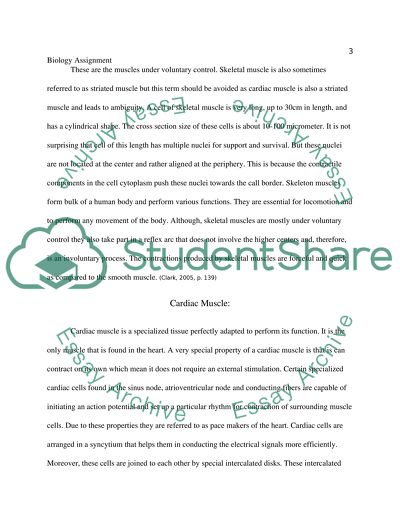Cite this document
(“Describe the properties and functions of the smooth, skeletal and Assignment”, n.d.)
Retrieved from https://studentshare.org/biology/1459177-describe-the-properties-and-functions-of-the
Retrieved from https://studentshare.org/biology/1459177-describe-the-properties-and-functions-of-the
(Describe the Properties and Functions of the Smooth, Skeletal and Assignment)
https://studentshare.org/biology/1459177-describe-the-properties-and-functions-of-the.
https://studentshare.org/biology/1459177-describe-the-properties-and-functions-of-the.
“Describe the Properties and Functions of the Smooth, Skeletal and Assignment”, n.d. https://studentshare.org/biology/1459177-describe-the-properties-and-functions-of-the.


